Earn a certificate & get recognized
Introduction to Algorithms of Programming
Enrol now for this free Introduction to Algorithms of Programming course, and elevate your knowledge under the guidance of our experts. Embark on this educational journey today to expand your insights and skills.
Introduction to Algorithms of Programming
2.2K+ learners enrolled so far
Stand out with an industry-recognized certificate
10,000+ certificates claimed, get yours today!
Get noticed by top recruiters
Share on professional channels
Globally recognised
Land your dream job
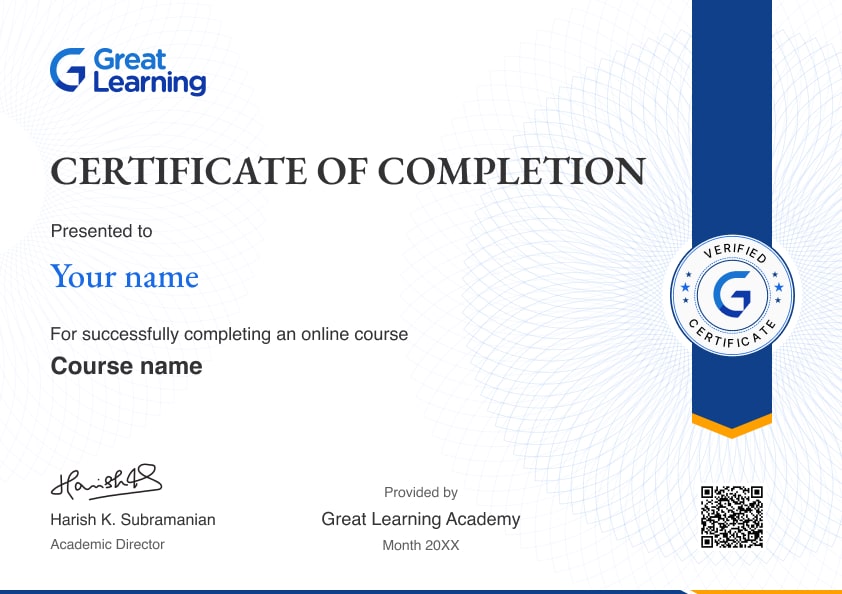
Skills you will gain
Problem-Solving Abilities
Logical Thinking
Algorithmic Thinking
Visual Representation
Structured Problem Solving
Programming Preparation
Communication Skills
Debugging Proficiency
Abstraction and Generalization
Systematic Approach
Analytical Ski
+6 More
Key Highlights
Get free course content
Master in-demand skills & tools
Test your skills with quizzes
About this course
The course begins by elucidating the core principles of algorithms, unveiling their significance in solving diverse computational problems efficiently. Subsequently, participants delve into the realm of Flow Charts, learning to visually represent the logical progression of a program. Through this, students acquire a powerful tool for designing, analyzing, and communicating complex processes in programming. Furthermore, the course encompasses an introduction to Pseudocode, a language-independent method of expressing algorithms. This enables learners to express their ideas in a structured format, facilitating the transition from abstract concepts to practical implementations.
By the course's conclusion, participants will have gained a strong grasp of algorithmic thinking, the ability to construct informative Flow Charts, and the skill to outline algorithmic processes using Pseudocode. This foundational knowledge equips individuals with essential skills for problem-solving and efficient programming in diverse domains.
Course outline
Introduction to Algorithms
This module introduces you to the fundamental concepts and significance of algorithms, along with their real-time applications, highlighting their practical importance.
Introduction to Flowchart
This module aims to provide a clear grasp of flowcharts and their role in representing algorithms visually.
Introduction to Pseudocode
This module provides an understanding of pseudocode as a problem-solving tool and its differentiation from algorithms.
Get access to the complete curriculum once you enroll in the course
Stand out with an industry-recognized certificate
10,000+ certificates claimed, get yours today!
Get noticed by top recruiters
Share on professional channels
Globally recognised
Land your dream job

Introduction to Algorithms of Programming

2.25 Hours
Beginner
2.2K+ learners enrolled so far
Get free course content
Master in-demand skills & tools
Test your skills with quizzes
Learner reviews of the Free Courses
Frequently Asked Questions
Will I receive a certificate upon completing this free course?
Is this course free?
What are the prerequisites required to learn this Free Introduction to Algorithms of Programming Course?
You do not need any prior knowledge to learn this Introduction to Algorithms of Programming Course.
How long does it take to complete this Free Introduction to Algorithms of Programming Course?
Free Introduction to Algorithms of Programming Course is a 1.5 hour long course, but it is self-paced. Once you enrol, you can take your own time to complete the course.
Will I have lifetime access to the free course?
Yes, once you enrol in the course, you will have lifetime access to any of the Great Learning Academy’s free courses. You can log in and learn whenever you want to.
Will I get a certificate after completing this Free Introduction to Algorithms of Programming Course?
Yes, you will get a certificate of completion after completing all the modules and cracking the assessment.
How much does this Introduction to Algorithms of Programming Course cost?
It is an entirely free course from Great Learning Academy.
Is there any limit on how many times I can take this free course?
No. There is no limit. Once you enrol in the Free Introduction to Algorithms of Programming Course, you have lifetime access to it. So, you can log in anytime and learn it for free online.
Who is eligible to take this Free Introduction to Algorithms of Programming Course?
You do not need any prerequisites to learn the course, so enrol today and learn it for free online.
Become a Skilled Professional with Pro Courses
Gain work-ready skills with guided projects, top faculty and AI tools, all at an affordable price.

View Course

Included with Pro+ Subscription


View Course

Included with Pro+ Subscription
.jpg)
View Course

Included with Pro+ Subscription


View Course

Included with Pro+ Subscription

View Course

Included with Pro+ Subscription

View Course

Included with Pro+ Subscription
 (1).jpg)
View Course

Included with Pro+ Subscription

View Course

Included with Pro+ Subscription


View Course

Included with Pro+ Subscription


View Course

Included with Pro+ Subscription
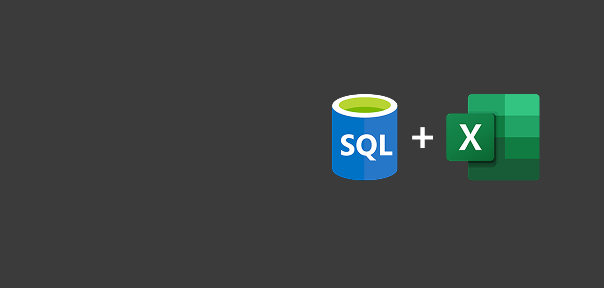

View Course

Included with Pro+ Subscription


View Course

Included with Pro+ Subscription


View Course

Included with Pro+ Subscription
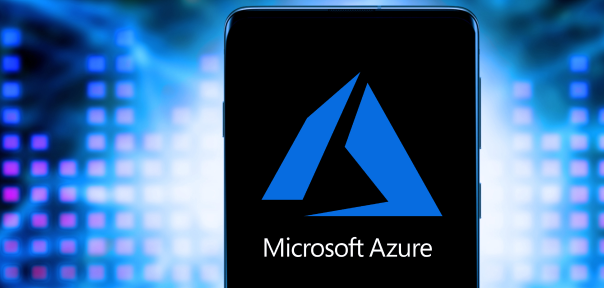

.jpg)
View Course

Included with Pro+ Subscription
.png)
View Course

Included with Pro+ Subscription

View Course

Included with Pro+ Subscription

View Course

Included with Pro+ Subscription

View Course

Included with Pro+ Subscription
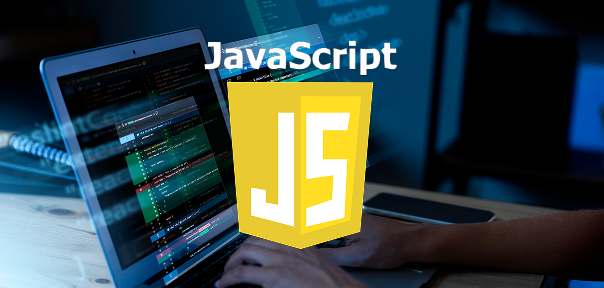
View Course

Included with Pro+ Subscription

View Course

Included with Pro+ Subscription
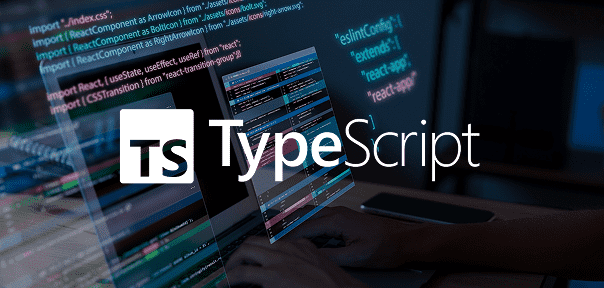
View Course

Included with Pro+ Subscription
.png)
View Course

Included with Pro+ Subscription


View Course

Included with Pro+ Subscription

View Course

Included with Pro+ Subscription

View Course

Included with Pro+ Subscription
.png)
View Course

Included with Pro+ Subscription

View Course

Included with Pro+ Subscription

View Course

Included with Pro+ Subscription

View Course

Included with Pro+ Subscription

View Course

Included with Pro+ Subscription

View Course

Included with Pro+ Subscription
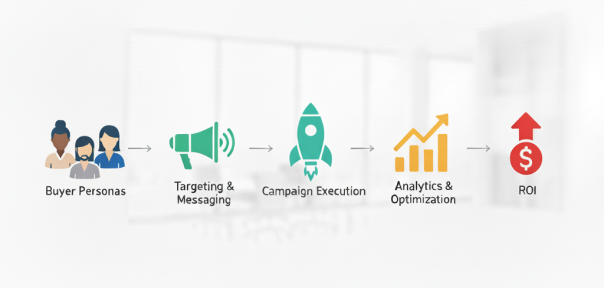
View Course

Included with Pro+ Subscription
.jpg)
View Course

Included with Pro+ Subscription
.jpg)
View Course

Included with Pro+ Subscription
.jpeg)
View Course

Included with Pro+ Subscription
.jpg)
View Course

Included with Pro+ Subscription
.png)
View Course

Included with Pro+ Subscription


View Course

Included with Pro+ Subscription


View Course

Included with Pro+ Subscription


View Course

Included with Pro+ Subscription
.png)
View Course

Included with Pro+ Subscription
.jpg)

.jpg)

.png)

View Course

Included with Pro+ Subscription
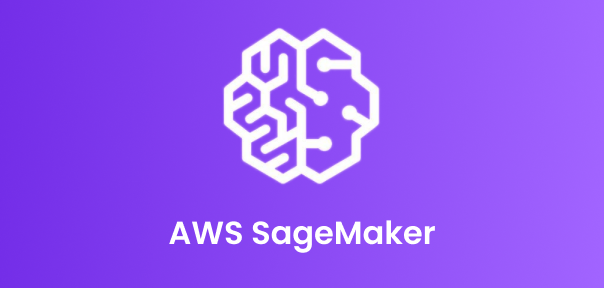

View Course

Included with Pro+ Subscription
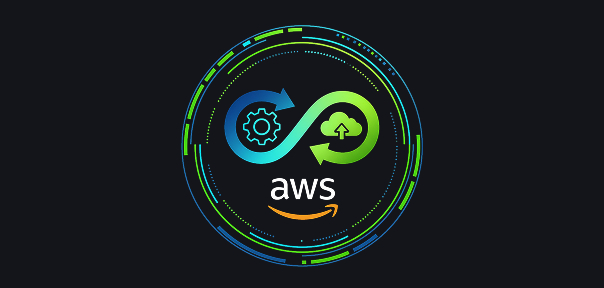
View Course

Included with Pro+ Subscription

View Course

Included with Pro+ Subscription

View Course

Included with Pro+ Subscription
.png)
View Course

Included with Pro+ Subscription
.png)
View Course

Included with Pro+ Subscription
.png)
View Course

Included with Pro+ Subscription

View Course

Included with Pro+ Subscription

View Course

Included with Pro+ Subscription

View Course

Included with Pro+ Subscription
.jpg)
View Course

Included with Pro+ Subscription

View Course

Included with Pro+ Subscription


View Course

Included with Pro+ Subscription


Popular

View Course

Included with Pro+ Subscription


View Course

Included with Pro+ Subscription
.jpg)
View Course

Included with Pro+ Subscription


View Course

Included with Pro+ Subscription

View Course

Included with Pro+ Subscription

View Course

Included with Pro+ Subscription
 (1).jpg)
View Course

Included with Pro+ Subscription

View Course

Included with Pro+ Subscription
Microsoft Courses


View Course

Included with Pro+ Subscription


View Course

Included with Pro+ Subscription


View Course

Included with Pro+ Subscription


View Course

Included with Pro+ Subscription


View Course

Included with Pro+ Subscription


IT & Software
.jpg)
View Course

Included with Pro+ Subscription
.png)
View Course

Included with Pro+ Subscription

View Course

Included with Pro+ Subscription

View Course

Included with Pro+ Subscription

View Course

Included with Pro+ Subscription

View Course

Included with Pro+ Subscription

View Course

Included with Pro+ Subscription

View Course

Included with Pro+ Subscription
.png)
View Course

Included with Pro+ Subscription
.png)
View Course

Included with Pro+ Subscription
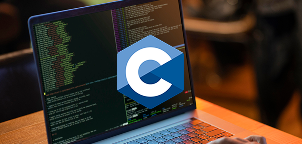
View Course

Included with Pro+ Subscription
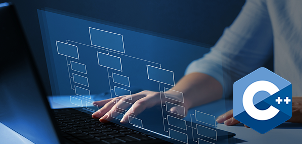
View Course

Included with Pro+ Subscription

View Course

Included with Pro+ Subscription

View Course

Included with Pro+ Subscription

View Course

Included with Pro+ Subscription


View Course

Included with Pro+ Subscription

View Course

Included with Pro+ Subscription

View Course

Included with Pro+ Subscription


View Course

Included with Pro+ Subscription


View Course

Included with Pro+ Subscription
 (1).png)
View Course

Included with Pro+ Subscription
Data Science & ML


View Course

Included with Pro+ Subscription

View Course

Included with Pro+ Subscription

View Course

Included with Pro+ Subscription
.png)
View Course

Included with Pro+ Subscription

View Course

Included with Pro+ Subscription

View Course

Included with Pro+ Subscription
Management

View Course

Included with Pro+ Subscription

View Course

Included with Pro+ Subscription

View Course

Included with Pro+ Subscription

View Course

Included with Pro+ Subscription
.jpg)
View Course

Included with Pro+ Subscription
.jpg)
View Course

Included with Pro+ Subscription
.jpeg)
View Course

Included with Pro+ Subscription
.jpg)
View Course

Included with Pro+ Subscription
.png)
View Course

Included with Pro+ Subscription
.png)
View Course

Included with Pro+ Subscription
.png)
View Course

Included with Pro+ Subscription
.png)
View Course

Included with Pro+ Subscription

View Course

Included with Pro+ Subscription
.png)
View Course

Included with Pro+ Subscription
 (1).jpg)
View Course

Included with Pro+ Subscription
.png)
View Course

Included with Pro+ Subscription
Cloud Computing


View Course

Included with Pro+ Subscription


View Course

Included with Pro+ Subscription


View Course

Included with Pro+ Subscription
.png)
View Course

Included with Pro+ Subscription
.jpg)

.jpg)

.png)

View Course

Included with Pro+ Subscription


View Course

Included with Pro+ Subscription

View Course

Included with Pro+ Subscription
.png)



.png)

View Course

Included with Pro+ Subscription



Cyber Security

View Course

Included with Pro+ Subscription

View Course

Included with Pro+ Subscription
.png)
View Course

Included with Pro+ Subscription
.png)
View Course

Included with Pro+ Subscription
.png)
View Course

Included with Pro+ Subscription
AI & Generative AI

View Course

Included with Pro+ Subscription

View Course

Included with Pro+ Subscription

View Course

Included with Pro+ Subscription
.jpg)
View Course

Included with Pro+ Subscription

View Course

Included with Pro+ Subscription


View Course

Included with Pro+ Subscription


Subscribe to Academy Pro+ & get exclusive features
$25/month
No credit card required
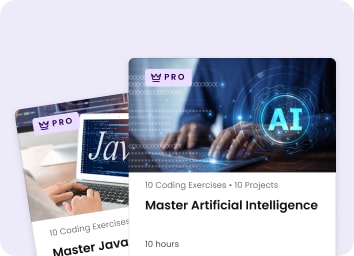
Learn from 40+ Pro courses

Access 500+ certificates for free

700+ Practice exercises & guided projects

Prep with AI mock interviews & resume builder
Recommended Free Software courses





Similar courses you might like




Relevant Career Paths >
Introduction to Algorithms of Programming
In the ever-evolving landscape of technology, algorithms stand as the unsung heroes that power the digital world. These intricate sets of instructions, often likened to recipes for solving problems, lie at the core of various applications, from search engines to social media platforms, self-driving cars to medical diagnostics. In a concise sequence of steps, algorithms transform raw data into meaningful insights, automating processes, and enabling efficient decision-making. At their essence, algorithms are not exclusive to computer science; they represent systematic approaches to solving problems. They have existed in various forms for centuries, utilized by mathematicians, scientists, and engineers to tackle complex challenges. However, in the digital age, algorithms have taken on a new level of significance, as they enable computers to process vast amounts of information swiftly and accurately.
The journey of an algorithm begins with problem definition. Whether it's sorting a list of numbers, finding the shortest route between two points on a map, or recommending movies to a user, algorithms begin by understanding the problem's requirements. This phase is critical, as a well-defined problem leads to a more effective solution. Next comes the design phase, where algorithm architects create a step-by-step plan to solve the problem. This plan must be precise, unambiguous, and logically sound. Various techniques, such as divide and conquer, dynamic programming, and greedy algorithms, aid in devising strategies that optimize efficiency and resource utilization.
Implementation is the subsequent step, wherein the abstract algorithm is translated into a specific programming language. This phase requires attention to detail, as even a small error in the code can lead to faulty outcomes. Rigorous testing and debugging are essential to ensure the algorithm functions as intended. As the digital realm becomes more intricate, algorithms often work with vast datasets. Consider search engines, for instance. When a user types a query into a search bar, algorithms sift through billions of web pages to retrieve the most relevant results. This process involves data structures like trees and graphs, which organize information for efficient retrieval. Big data algorithms take this a step further, employing parallel processing and distributed computing to handle massive datasets.
Machine learning and artificial intelligence have given rise to a new class of algorithms that can learn from data and improve their performance over time. These algorithms power recommendation systems, language translation, image recognition, and autonomous vehicles. Neural networks, a subset of machine learning algorithms, mimic the human brain's structure and are capable of pattern recognition at unprecedented levels. Ethical considerations loom large in the algorithmic landscape. Biases present in training data can lead to discriminatory outcomes, as seen in cases where facial recognition algorithms disproportionately misidentify individuals with certain skin tones. Algorithm transparency and fairness are subjects of intense debate, prompting calls for regulations and responsible development practices.
In conclusion, algorithms are the bedrock of modern problem-solving in the digital age. Their ability to transform raw data into meaningful insights, streamline processes, and make decisions has revolutionized industries and transformed our daily lives. From the simplest sorting algorithms to the most complex machine learning models, these computational recipes drive innovation and progress. However, with their power comes responsibility. As algorithms become more influential, it becomes imperative to ensure that they are developed and deployed ethically, with a keen awareness of their potential impact on society.






